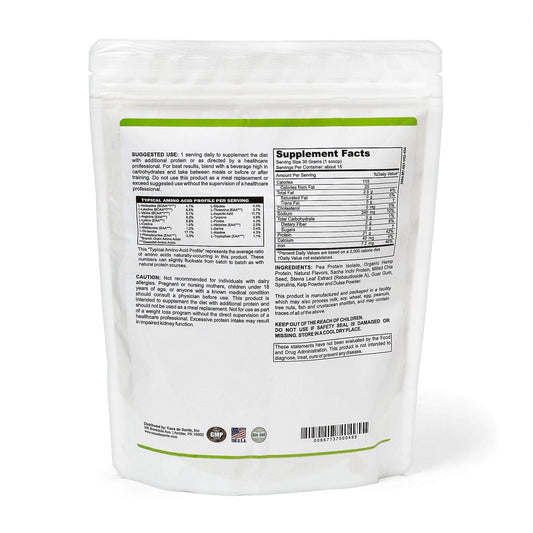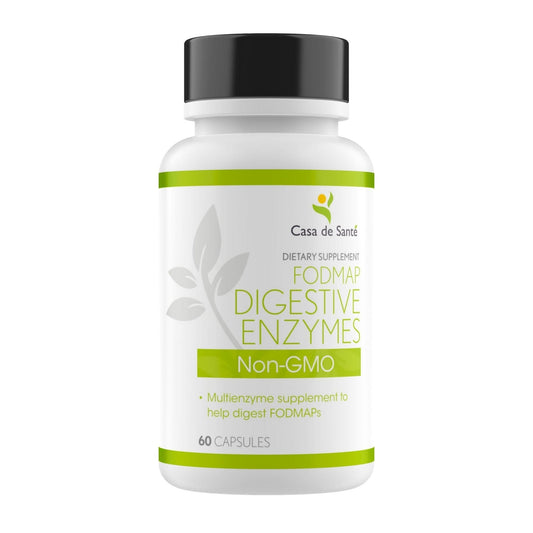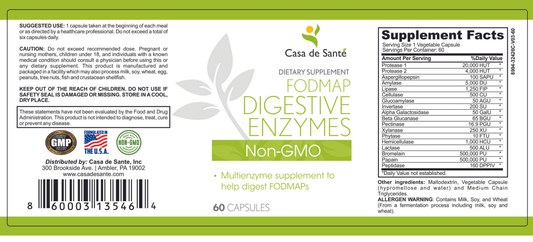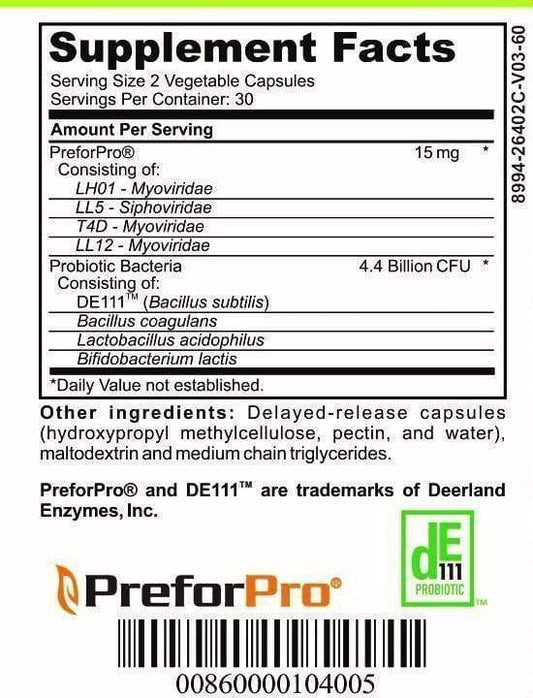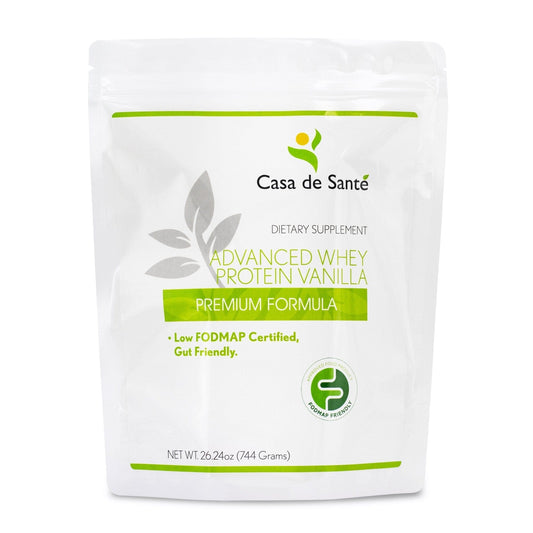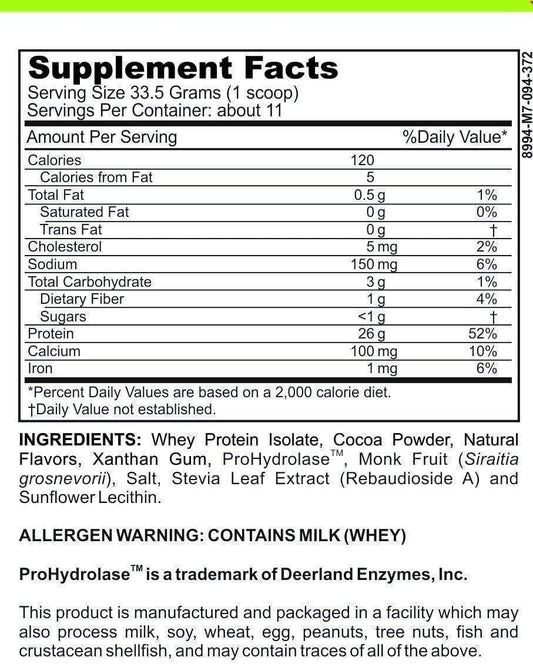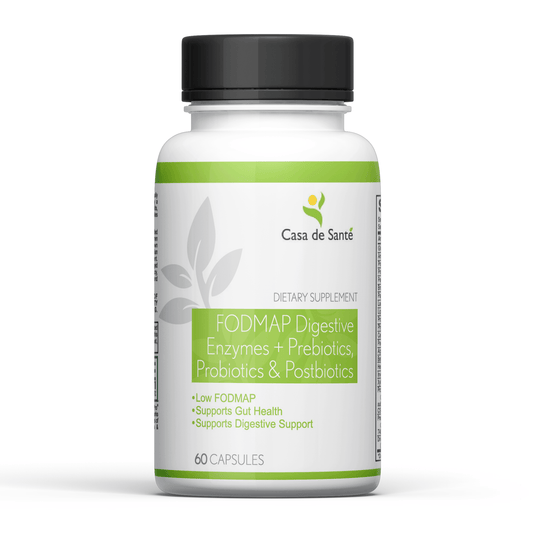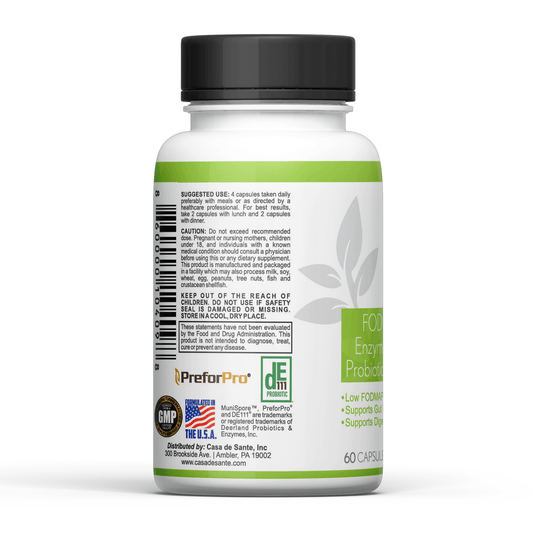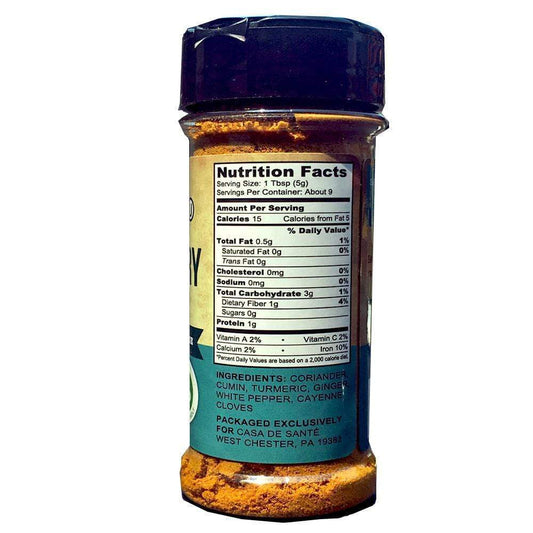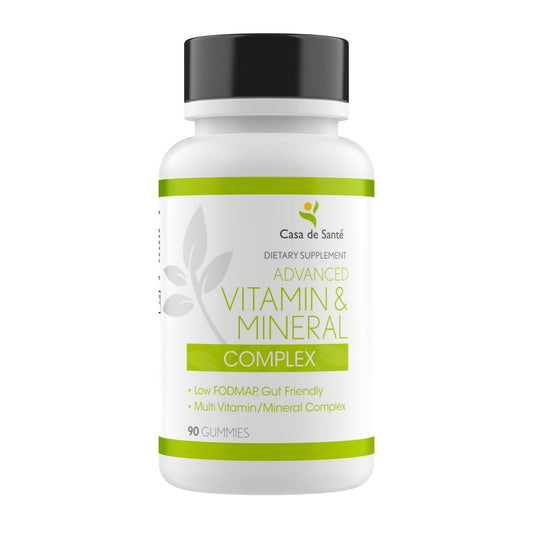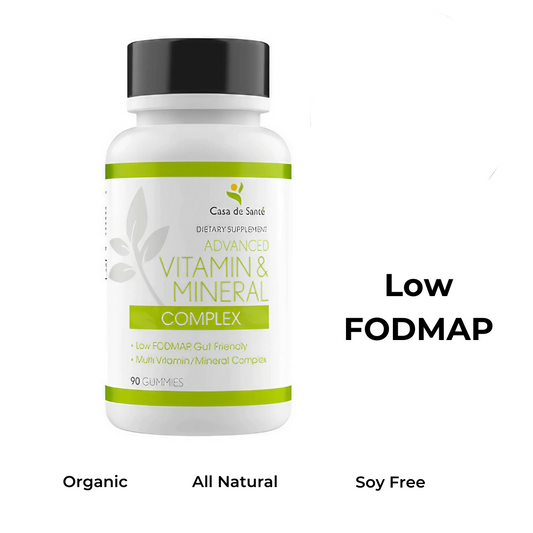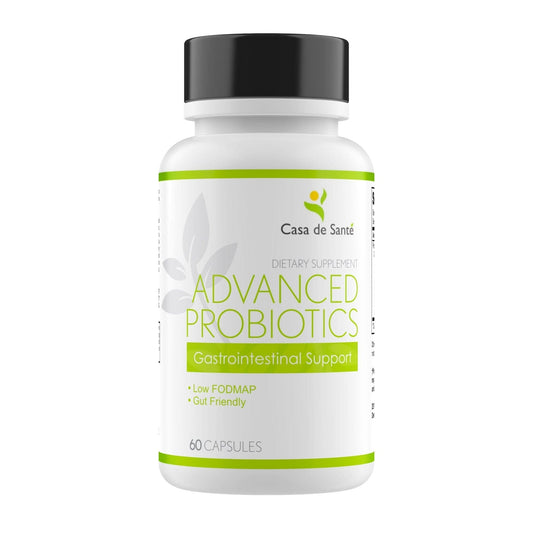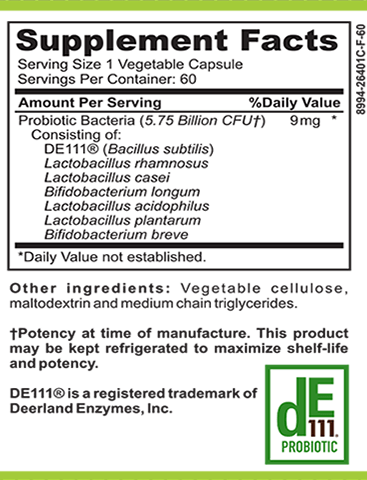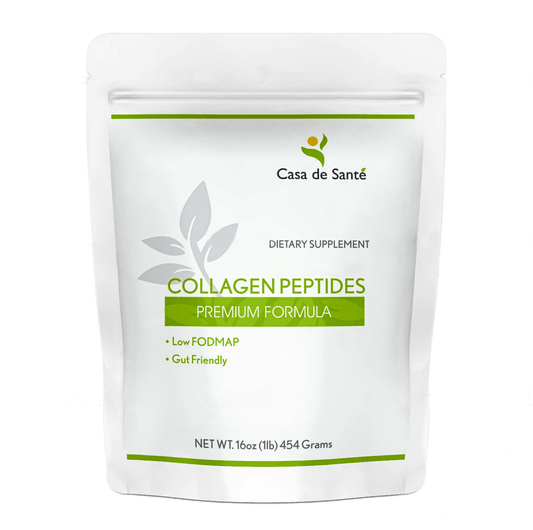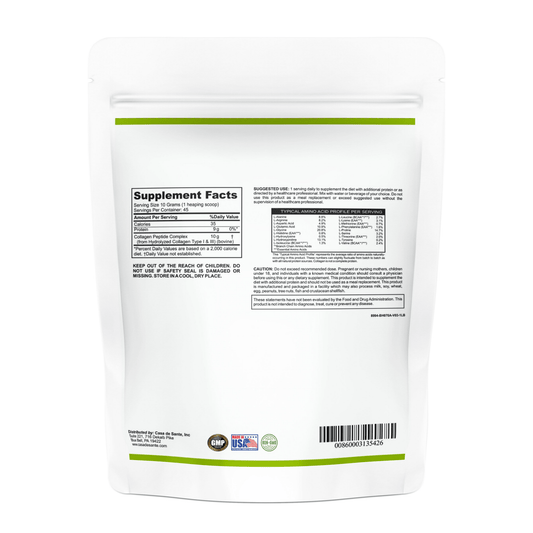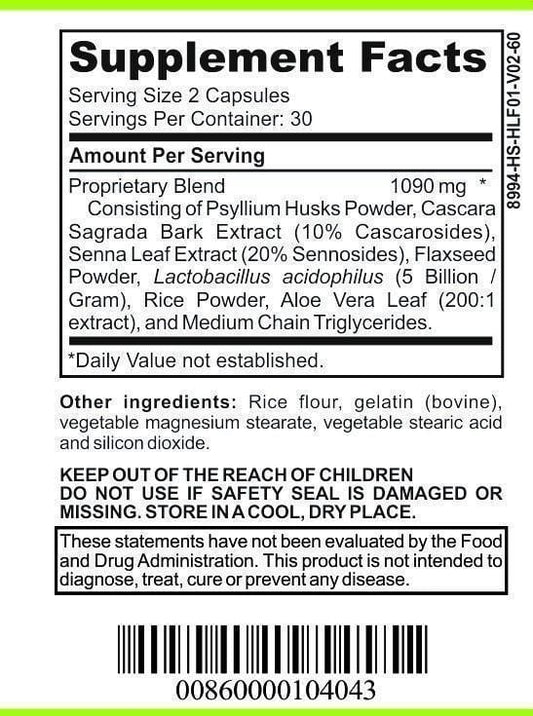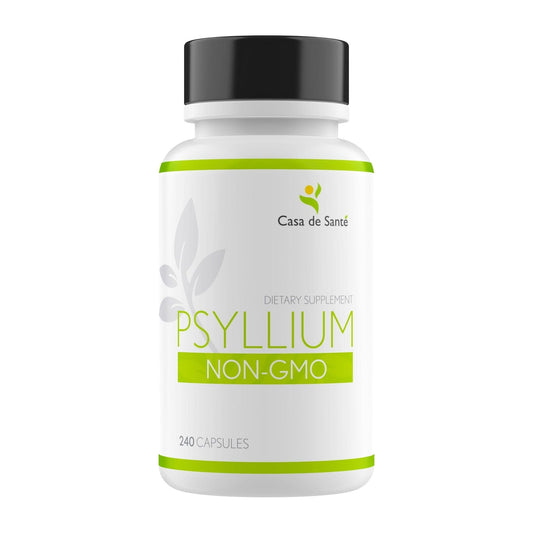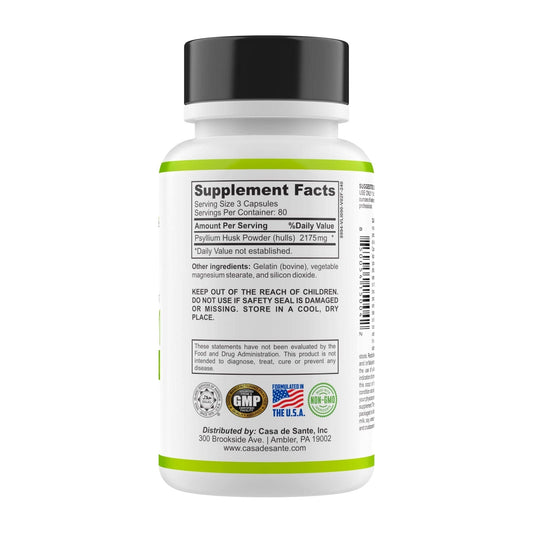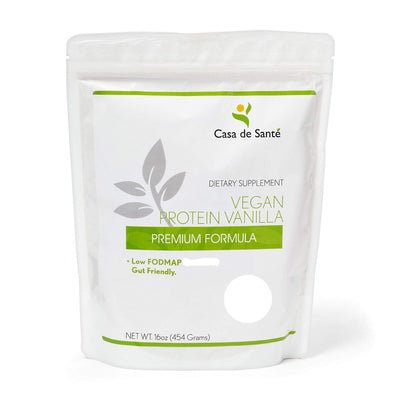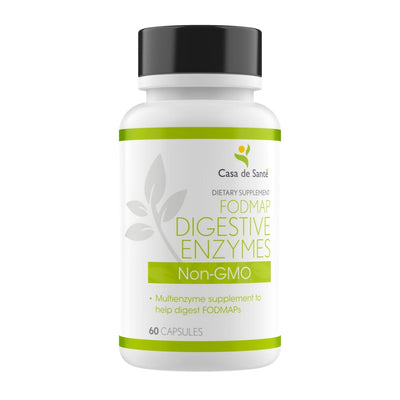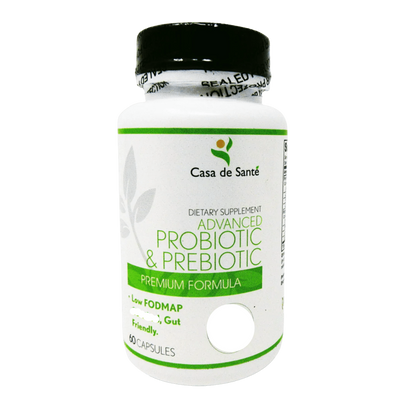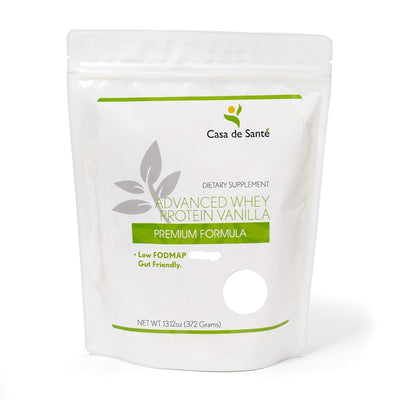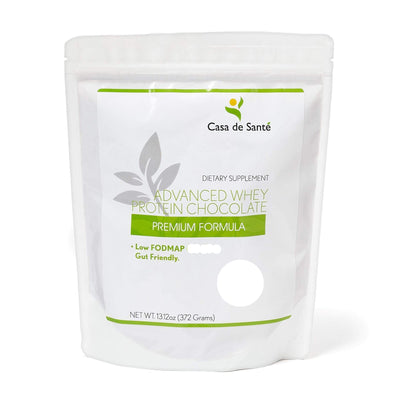Top Alpha Galactosidase Foods: Natural Sources to Improve Digestion
Top Alpha Galactosidase Foods: Natural Sources to Improve Digestion
Digestive discomfort after eating certain foods is something many of us experience, especially when consuming beans, lentils, and other legumes. The culprit behind this discomfort is often complex sugars that our bodies struggle to break down. Alpha galactosidase, an enzyme that helps digest these complex carbohydrates, can be a game-changer for those suffering from gas, bloating, and discomfort after meals. While supplements like Beano contain this enzyme, there are also natural food sources that can help your body process these challenging foods more effectively.
Understanding Alpha Galactosidase and Digestive Health
Alpha galactosidase is an enzyme that breaks down complex sugars called oligosaccharides, which are found in many plant foods. These oligosaccharides—specifically raffinose, stachyose, and verbascose—are difficult for the human digestive system to process. When these sugars reach the large intestine undigested, gut bacteria ferment them, producing gas and causing bloating, flatulence, and discomfort.
The enzyme works by breaking these complex sugars into simpler, more digestible components before they reach the large intestine. This prevents the fermentation process that leads to gas production and the uncomfortable symptoms that follow. While our bodies produce some digestive enzymes naturally, we don't produce alpha galactosidase in significant amounts, which is why certain foods can cause digestive issues.
Why Some Foods Cause Digestive Distress
Legumes like beans, lentils, and chickpeas are notorious for causing gas and bloating precisely because they're high in these oligosaccharides. The same goes for certain vegetables like cabbage, broccoli, and Brussels sprouts. Without sufficient alpha galactosidase, these foods can leave you feeling uncomfortable for hours after eating them.
The good news is that incorporating foods naturally high in alpha galactosidase or that support its production can help mitigate these issues. By strategically including these foods in your diet, you can enjoy a wider range of nutritious foods without the uncomfortable side effects.
Top Natural Sources of Alpha Galactosidase
While alpha galactosidase isn't abundant in many foods, certain natural sources can help supplement your body's enzyme production or provide compounds that support digestive health. Here are some of the best food sources to consider adding to your diet.
Fermented Foods
Fermented foods are digestive powerhouses that can significantly improve your gut's ability to handle complex carbohydrates. During the fermentation process, beneficial bacteria pre-digest many of the complex sugars, making them easier for your body to process. Additionally, these foods introduce beneficial enzymes and probiotics that support overall digestive health.
Some excellent fermented options include tempeh (fermented soybeans), miso, kimchi, sauerkraut, and kefir. Tempeh is particularly beneficial as the fermentation process breaks down many of the oligosaccharides in soybeans that typically cause gas and bloating. Regular consumption of these foods can gradually improve your digestive tolerance for legumes and other high-fiber plant foods.
Sprouted Grains and Legumes
Sprouting is a natural process that activates enzymes within seeds, grains, and legumes. When these foods begin to sprout, they produce enzymes to break down their stored nutrients, including complex carbohydrates. This process essentially pre-digests some of the problematic sugars, making sprouted foods easier on your digestive system.
Try incorporating sprouted lentils, mung beans, chickpeas, and grains like quinoa into your diet. You can sprout these at home by soaking them in water for 8-12 hours, then draining and rinsing them twice daily until small sprouts appear. Alternatively, many health food stores now offer sprouted products, from breads to ready-to-eat sprouted bean mixes.
Papaya and Pineapple
While papaya and pineapple don't specifically contain alpha galactosidase, they do contain other powerful digestive enzymes that can support overall digestive function. Papaya contains papain, while pineapple contains bromelain—both enzymes that help break down proteins. By improving overall digestion, these fruits can reduce the burden on your digestive system and potentially minimize discomfort from other foods.
Consider eating a few pieces of fresh pineapple or papaya after meals, especially those containing legumes or other gas-producing foods. The enzymes in these fruits work best when consumed raw, as heat can deactivate the enzymes.
Herbs and Spices That Support Digestion
Certain culinary herbs and spices have been used for centuries to aid digestion and reduce gas and bloating. While they don't directly provide alpha galactosidase, they can complement its action by supporting overall digestive function and reducing symptoms associated with poor digestion of complex carbohydrates.
Fennel Seeds
Fennel seeds have long been used in traditional medicine to relieve digestive discomfort, particularly gas and bloating. They contain compounds that help relax the digestive tract and reduce inflammation, making them an excellent addition to meals containing legumes or other gas-producing foods.
Try chewing a teaspoon of fennel seeds after meals or brewing them into a tea. You can also add ground fennel to bean dishes during cooking. In Indian cuisine, it's common to find a small bowl of fennel seeds (often sugar-coated) offered after meals at restaurants precisely for their digestive benefits.
Ginger and Turmeric
Both ginger and turmeric contain potent anti-inflammatory compounds that can soothe the digestive tract and potentially enhance enzyme activity. Ginger has been shown to speed up gastric emptying, which can reduce the feeling of fullness and bloating after meals. Turmeric contains curcumin, which may stimulate bile production and improve the breakdown of fats and complex carbohydrates.
Incorporate fresh ginger into cooking, steep it in hot water for tea, or add a knob to smoothies. For turmeric, add it to curries, soups, or try the popular "golden milk"—warm milk (dairy or plant-based) with turmeric, black pepper (which enhances curcumin absorption), and a touch of honey.
Cooking Methods to Reduce Digestive Discomfort
How you prepare foods high in oligosaccharides can significantly impact how well your body digests them. Certain cooking methods can reduce the content of these complex sugars or make them more digestible, even without additional alpha galactosidase.
Soaking and Discarding the Water
One of the simplest methods to reduce the oligosaccharide content in legumes is to soak them thoroughly before cooking. Soaking dried beans, lentils, and other legumes for 8-12 hours allows some of the complex sugars to leach into the water. Be sure to discard this soaking water and rinse the legumes well before cooking them in fresh water.
For even better results, change the soaking water several times during the process. Some studies suggest that soaking can reduce the oligosaccharide content by up to 25%, which can make a significant difference in digestibility.
Pressure Cooking
Pressure cooking is another effective method for making legumes more digestible. The high-pressure environment breaks down more of the complex carbohydrates than conventional cooking methods. Modern electric pressure cookers like the Instant Pot have made this cooking method more accessible and convenient than ever.
To maximize benefits, combine soaking with pressure cooking. Soak your beans first, discard the water, then cook them in the pressure cooker with fresh water and perhaps some digestive-friendly spices like bay leaf, cumin, or fennel seeds.
Building a Digestive-Friendly Meal Plan
Creating meals that combine alpha galactosidase-rich foods with potentially problematic ones can help you enjoy a diverse diet without digestive distress. The key is to gradually introduce challenging foods while supporting your digestion with enzyme-rich companions.
Balanced Meal Combinations
Consider pairing legumes with fermented foods or digestive spices. For example, a bean burrito with kimchi, a lentil salad with a ginger-turmeric dressing, or hummus served with a side of fermented pickles. These combinations provide both the nutritional benefits of legumes and the digestive support needed to process them comfortably.
Start with small portions of gas-producing foods and gradually increase as your digestive system adapts. Many people find that regular consumption of legumes actually improves their tolerance over time, possibly due to changes in gut bacteria that become better equipped to handle these foods.
Gradual Introduction Strategy
If you've avoided beans and other legumes due to digestive issues, don't try to add them back all at once. Begin with more easily digested options like lentils or mung beans, which tend to cause less gas than larger beans. Start with small portions—perhaps just a few tablespoons—and gradually increase as tolerance improves.
Consider keeping a food journal to track which foods and combinations work best for your unique digestive system. This can help you identify patterns and develop a personalized approach to incorporating these nutritious foods into your diet without discomfort.
When to Consider Supplements
While natural sources of digestive support are ideal, there are situations where an alpha galactosidase supplement might be beneficial. commercial products like Beano contain concentrated forms of this enzyme and can be taken before meals containing gas-producing foods.
Supplements may be particularly helpful during transitional periods when you're increasing your intake of legumes or other high-fiber foods. They can also be useful in social situations where you have less control over food preparation methods or when you want to enjoy occasional foods that typically cause discomfort.
Remember that supplements should complement, not replace, a healthy diet. The goal should be to gradually improve your digestive health through dietary changes, using supplements as a temporary aid rather than a permanent solution.
Conclusion
Improving your digestion of complex carbohydrates doesn't have to mean avoiding nutritious foods like beans, lentils, and certain vegetables. By incorporating natural sources of alpha galactosidase and supportive digestive foods into your diet, you can enjoy these foods with greater comfort and less digestive distress.
Remember that digestive health is highly individual, and what works for one person may not work for another. Be patient with your body as you experiment with different foods and preparation methods, and listen to your body's signals. With time and attention, most people can expand their dietary horizons while maintaining digestive comfort.
The journey to better digestion is often gradual, but the rewards—a more diverse diet, improved nutrient intake, and freedom from digestive discomfort—are well worth the effort.


